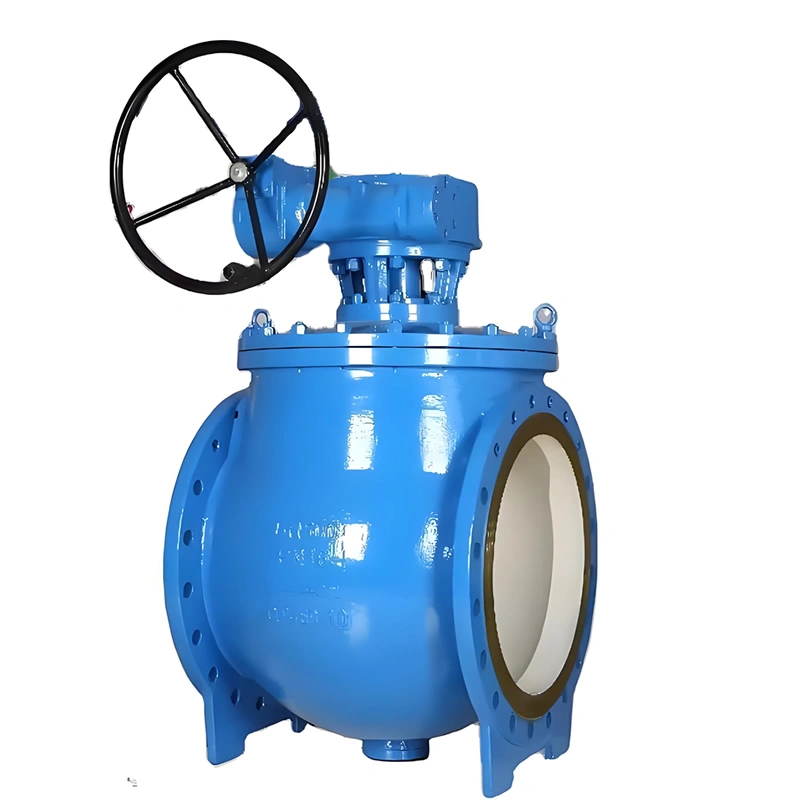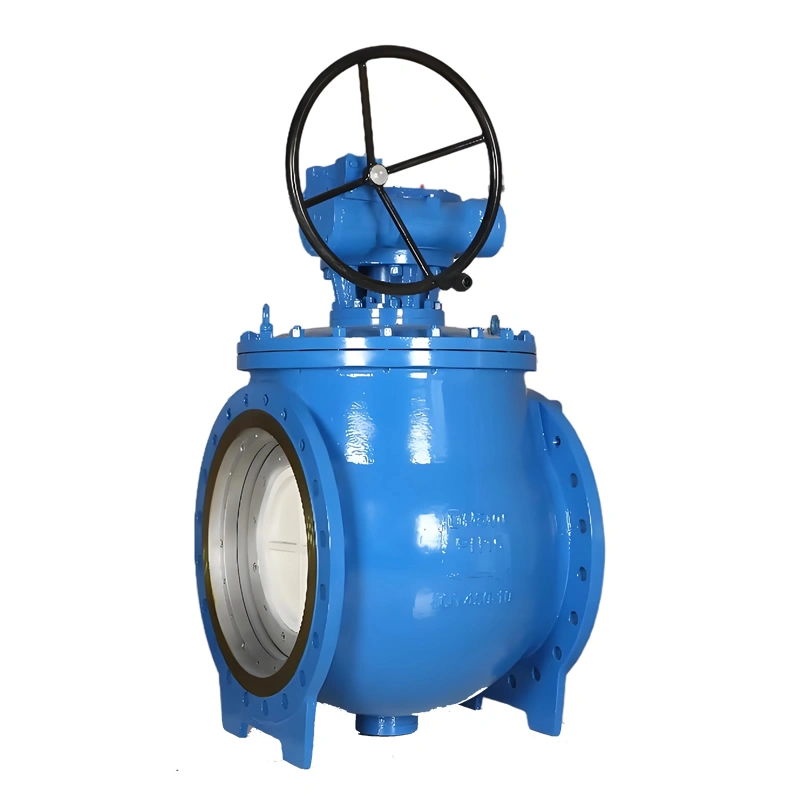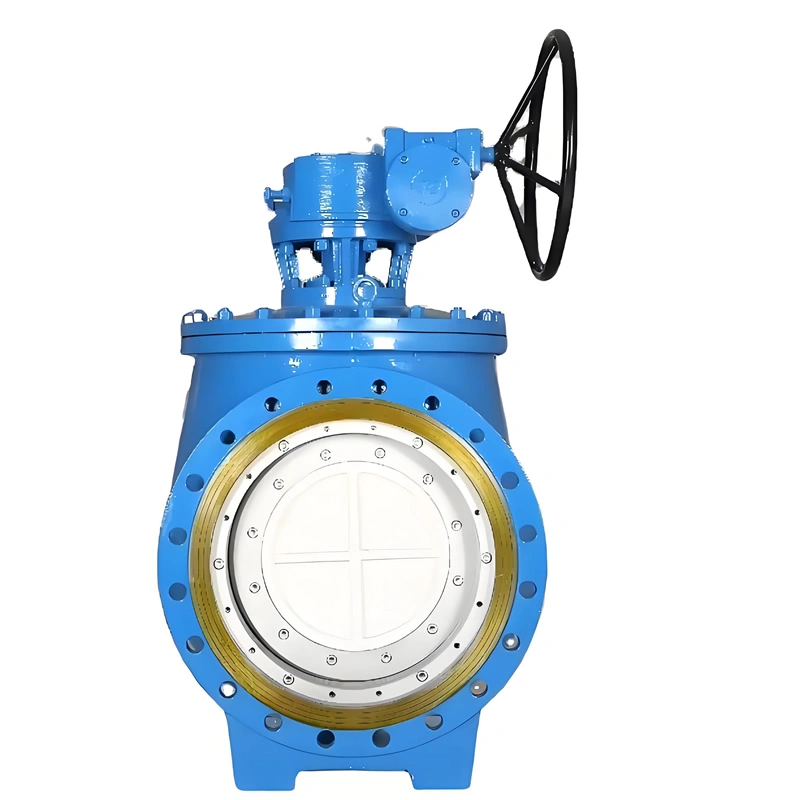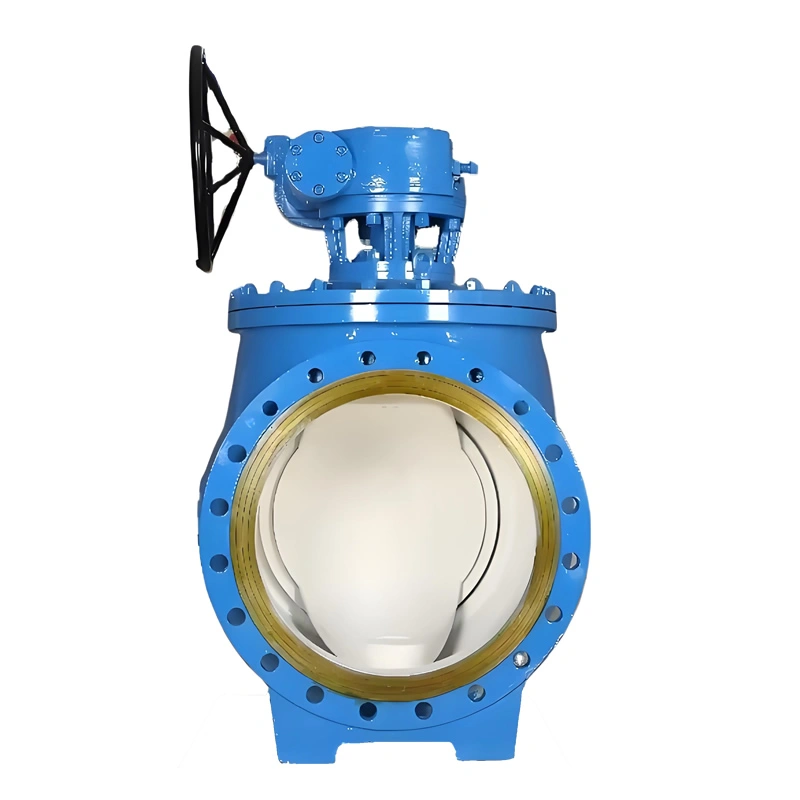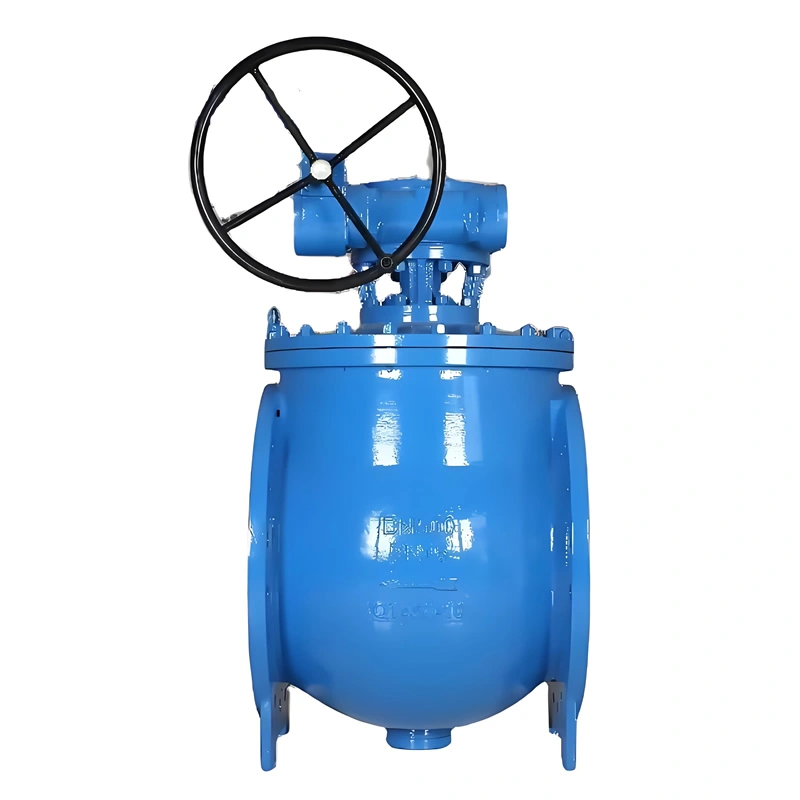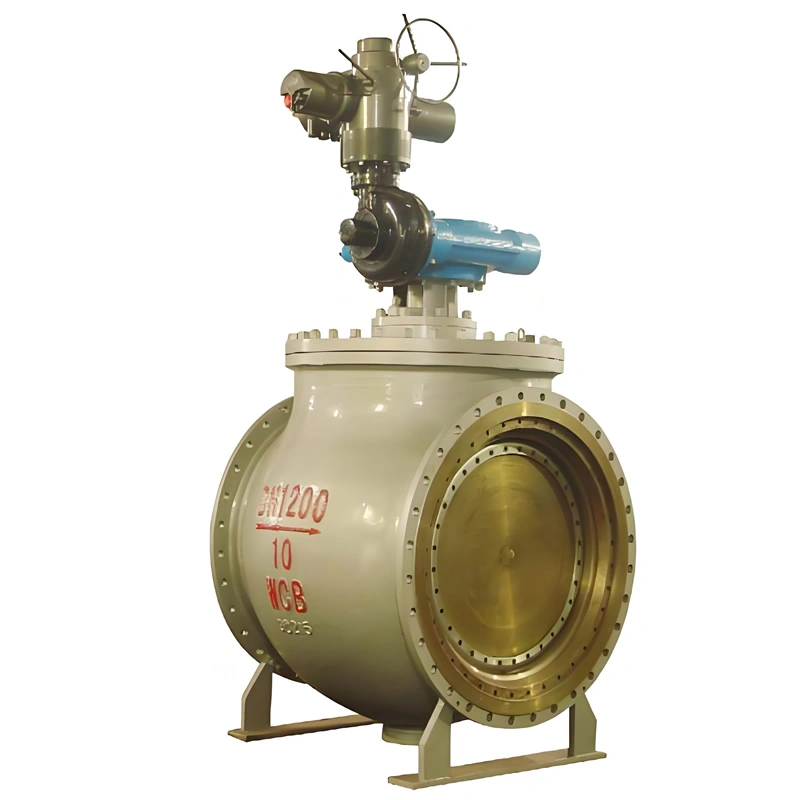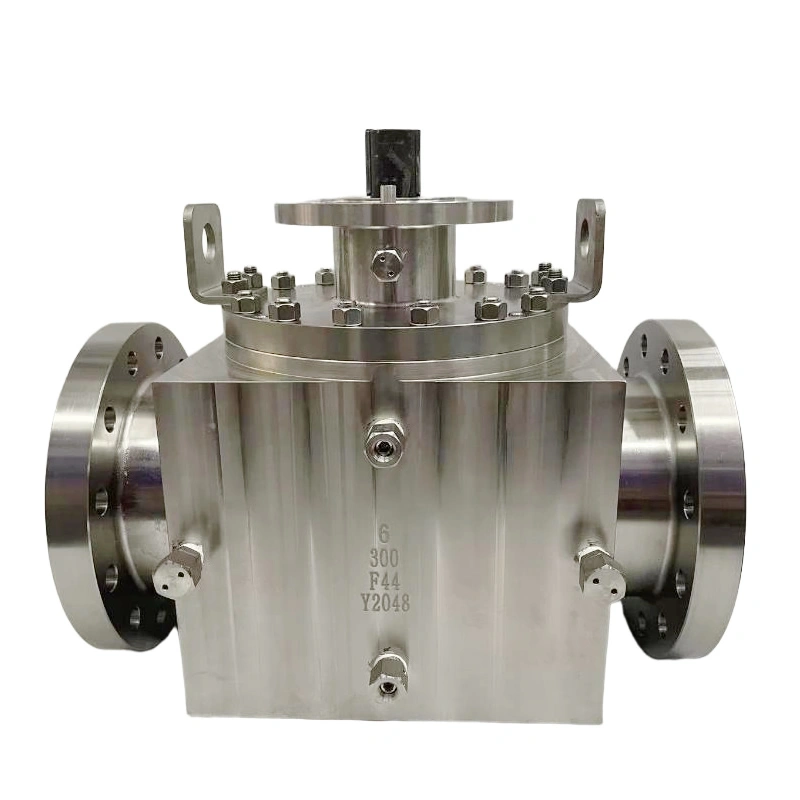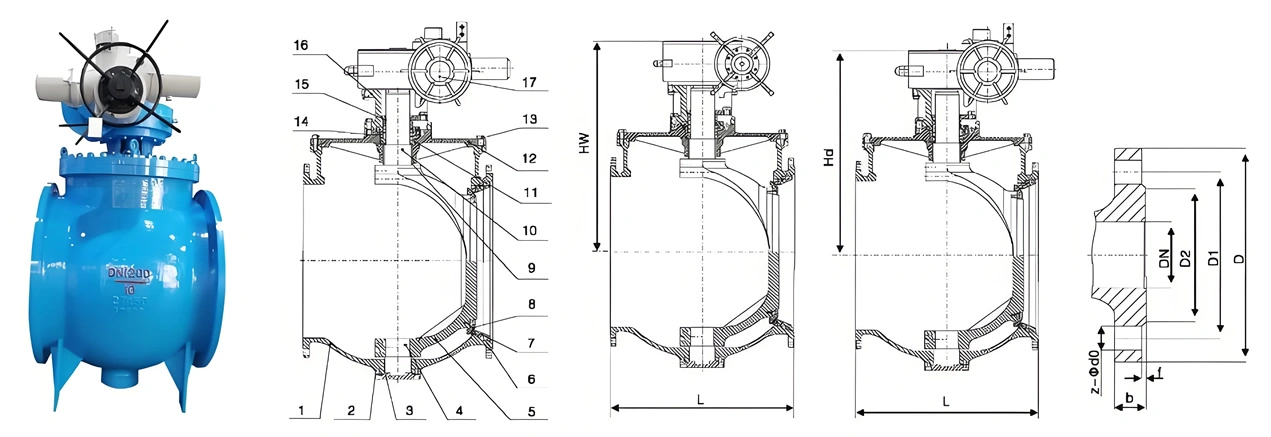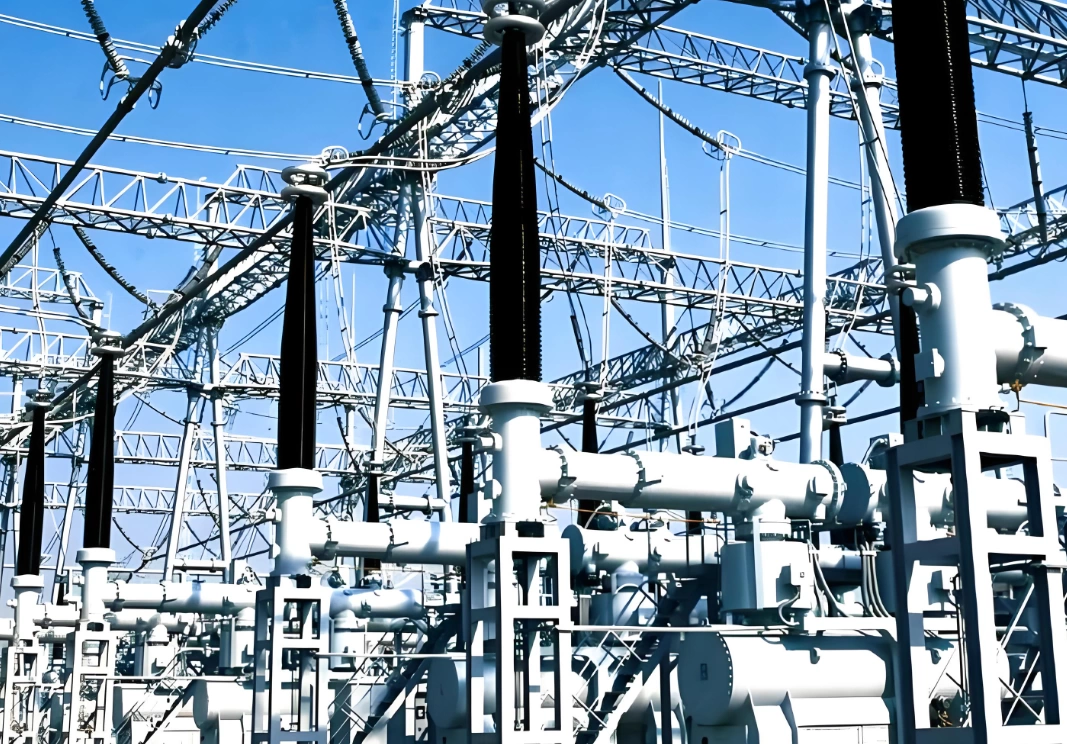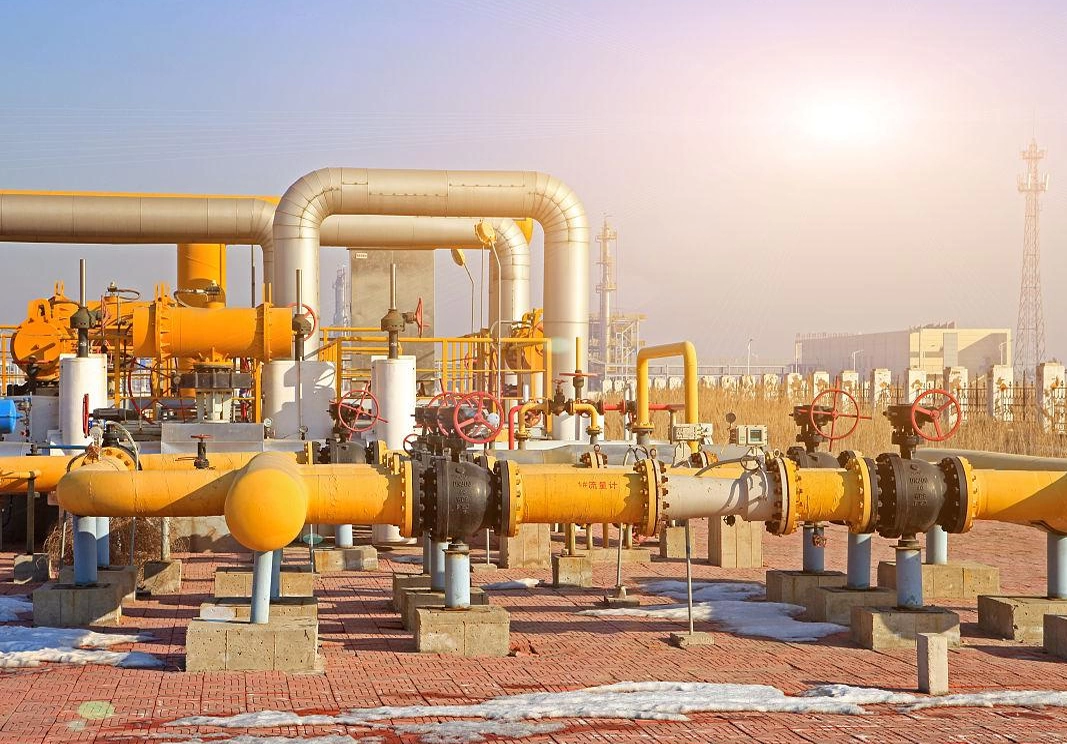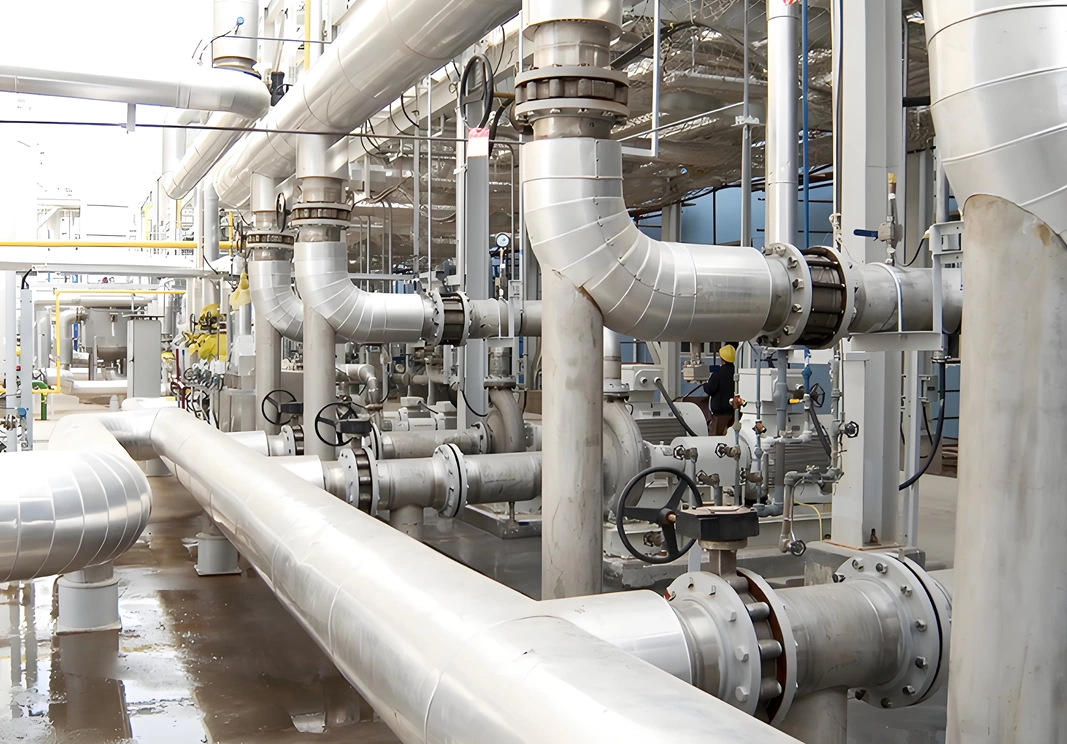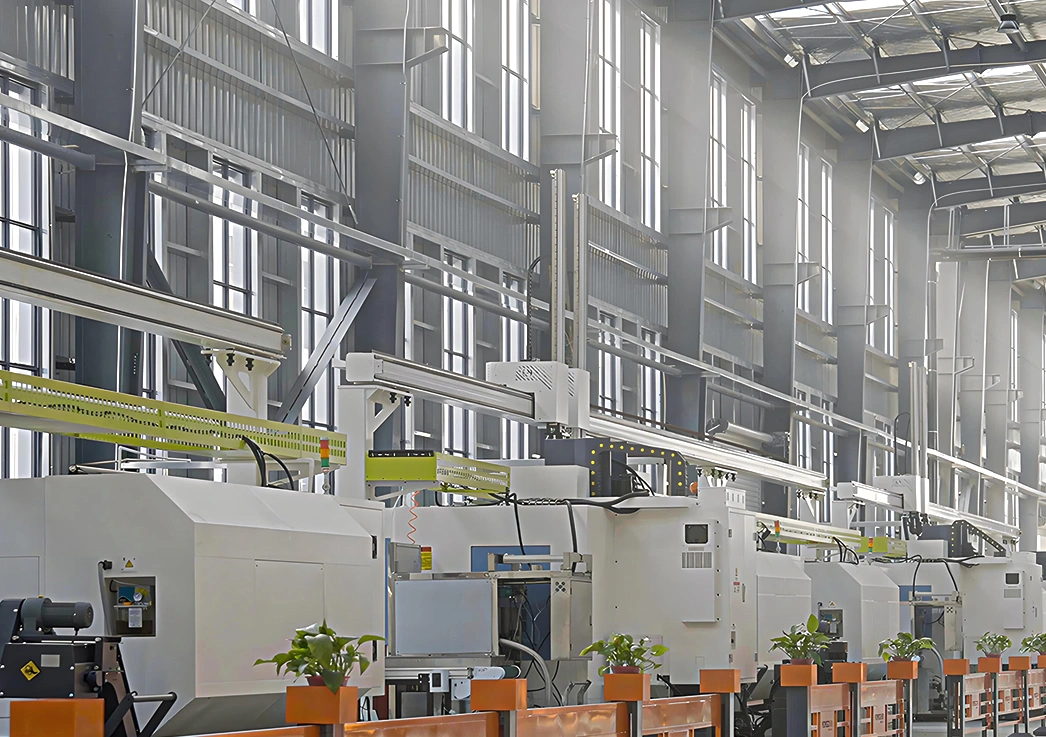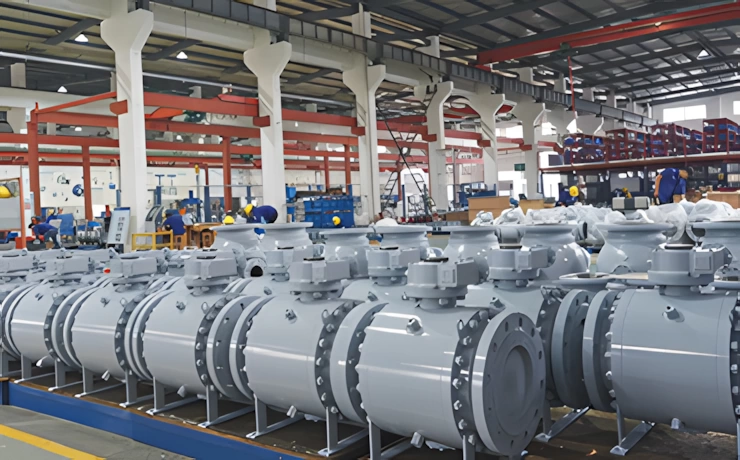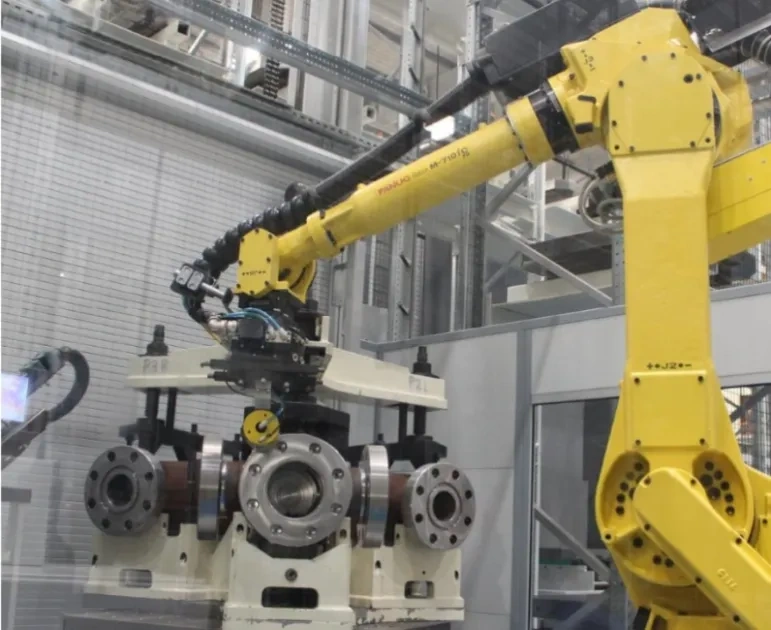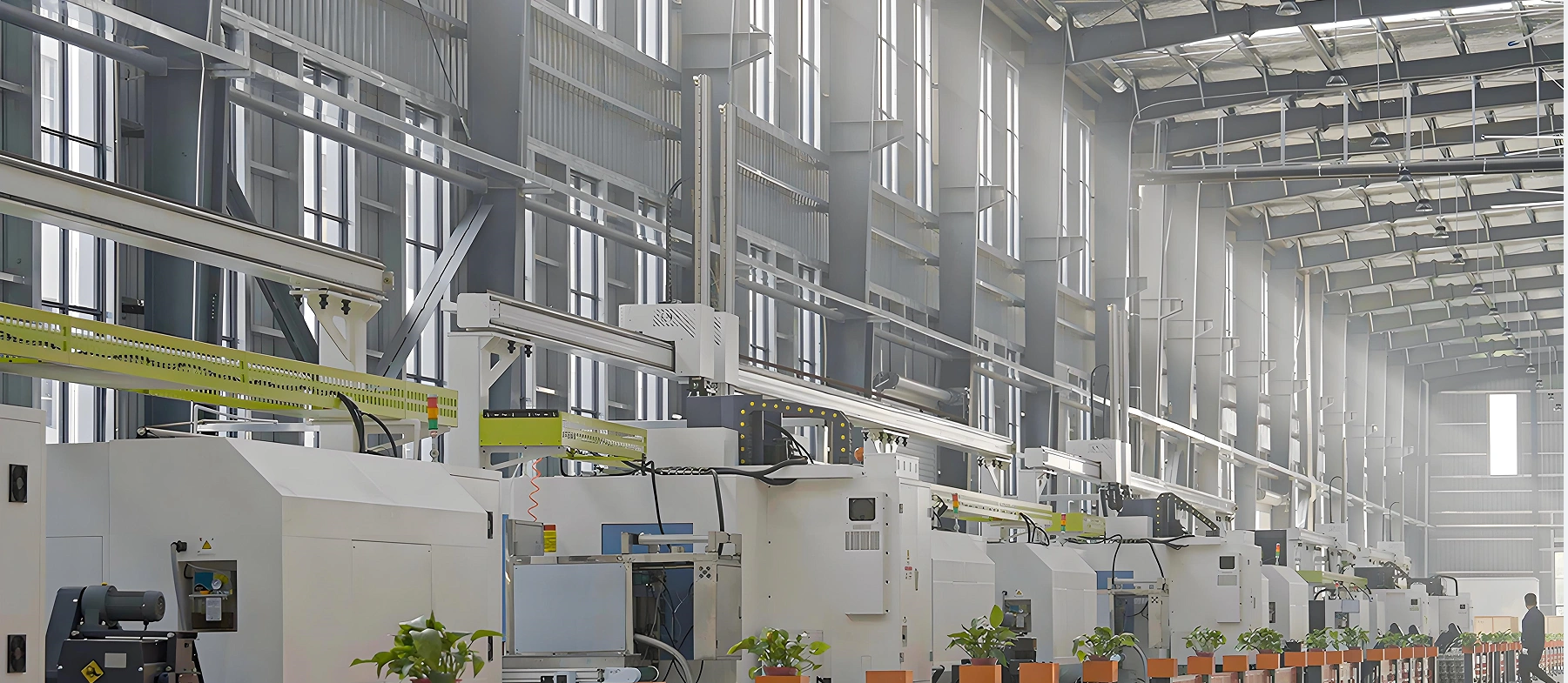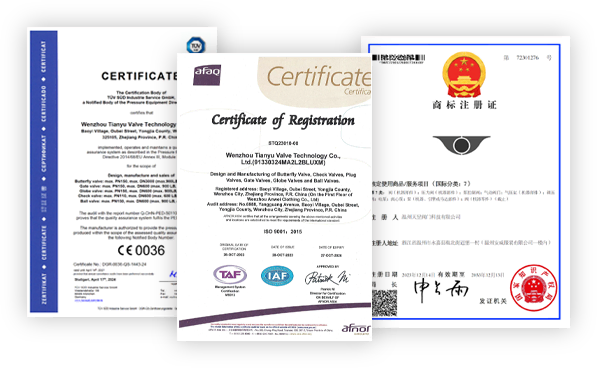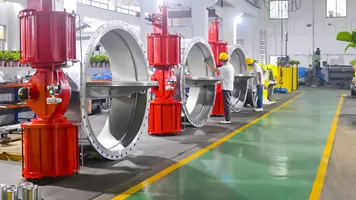For large-diameter valves like DN1200, the trunnion design is critical: it distributes the ball’s weight and flow pressure across the trunnions, preventing sagging or misalignment that could cause leakage. Unlike floating ball valves (which rely on media pressure for sealing), trunnion-mounted balls maintain consistent contact with seats regardless of flow direction—ensuring reliable sealing even in bidirectional flow systems, such as water distribution networks.
The top-mounted structure allows technicians to access internal components (ball, seats, trunnions) by removing the top cover, eliminating the need to disconnect the valve from the pipeline. This is particularly valuable for DN1200 valves, which are heavy and costly to remove. Routine tasks like seat replacement, packing adjustment, or trunnion lubrication can be completed onsite, reducing downtime in critical systems like municipal water supply.
The gearbox-equipped handwheel reduces the torque needed to operate the large ball, making manual control feasible for operators. The gear ratio (typically 30:1) allows smooth rotation even when the valve is under pressure, with a quarter-turn (90°) movement to switch between fully open and closed positions—saving time during operation. The handwheel’s ergonomic design includes a non-slip grip, enhancing safety during use.
The full-bore design ensures the valve’s internal diameter matches the pipeline, minimizing flow resistance and energy loss—vital for large-volume systems where pump efficiency is critical. The metal-PTFE composite seat combines the best of both materials: metal resists wear from particulate media (like wastewater solids), while PTFE conforms to surface irregularities for tight sealing, achieving leakage rates below API Class VI standards.
Stainless steel raw materials undergo rigorous testing: 304/316 plates are checked for chemical composition via spectrometry to verify chromium (18-20%) and nickel (8-12%) content, ensuring corrosion resistance. Forged trunnions and stems undergo ultrasonic testing to detect internal defects, while PTFE seat materials are inspected for purity to avoid sealing failures.
CNC machining centers shape the valve body and flanges to strict tolerances (±0.5mm for DN1200), ensuring flange alignment with pipelines. The ball is precision ground to a surface roughness of Ra 1.6μm, with trunnion shafts machined to concentricity within 0.05mm to prevent wobble. Seat recesses are milled to match the ball’s curvature, ensuring uniform contact. The gearbox is assembled with hardened gears to handle high torque, with lubrication channels for smooth operation.
Assembly occurs in a controlled environment to prevent contamination. Trunnions are fitted with bearings (bronze or PTFE) to reduce friction, and seats are installed with precise preload to balance sealing and torque. Post-assembly, each valve undergoes:
- Shell pressure testing (1.5× PN10) to check body integrity;
- Seat leakage testing (1.1× PN10) using water or air, with leakage rates limited to <0.1 l/h for DN1200;
- Operation testing to ensure the handwheel rotates smoothly through 90° without jamming.
Final inspection includes gearbox torque verification and flange flatness checks.


